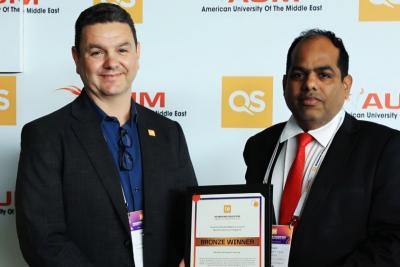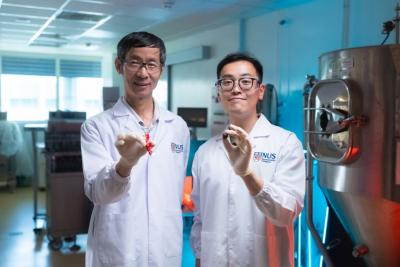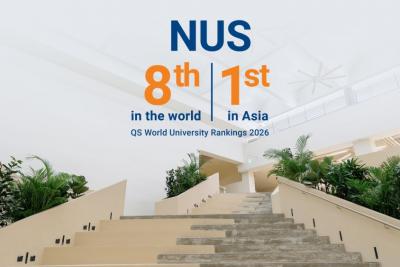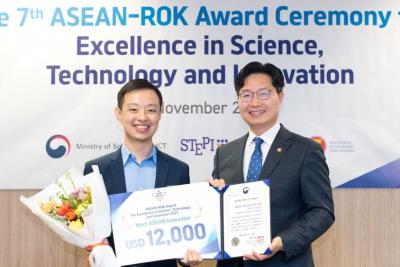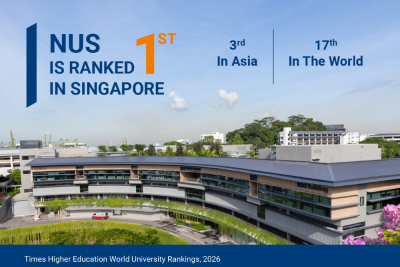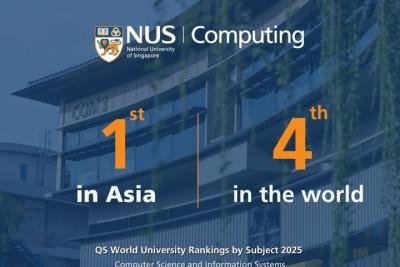NUS và A*STAR hợp tác đầu tiên của VDES dựa trên vệ tinh cho các ứng dụng hàng hải ở Đông Nam Á.
A microsatellite for maritime communications developed by the Satellite Technology And Research Centre (STAR) under the National University of Singapore’s College of Design and Engineering (NUS CDE), and A*STAR’s Institute for Infocomm Research (I2R), has been successfully launched from the Satish Dhawan Space Centre in Sriharikotta, India, on Saturday, 22 April 2023 at 4.50pm (Singapore time).
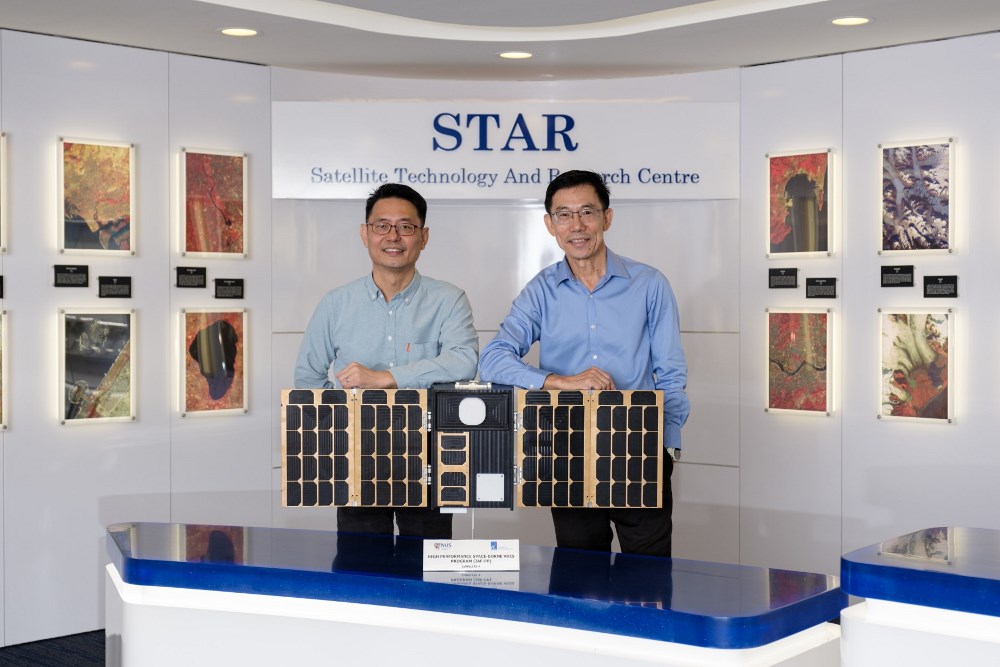
Prof Low Kay Soon (right), Director of Satellite Technology And Research Centre (STAR) at NUS, and Dr Francois Chin (left), Division Head, Satellite, Aviation & Maritime, A*STAR's Institute for Infocomm Research, with a model of Lumelite-4
NUS’ STAR designed and built the Lumelite-4 microsatellite using the university’s patented modular and scalable satellite’s bus system with fault tolerant features, while A*STAR’s I2R developed the experimental satellite-based communication hardware. This collaboration between NUS and A*STAR signifies the pioneering effort by Singapore researchers to develop a satellite-based high-performance VHF Data Exchange System (VDES), which will significantly improve maritime communications as well as traffic management and analytics. This is also the first demonstration of satellite-based VDES for maritime applications in Southeast Asia.
Currently, international voyaging ships are fitted with the Automatic Identification System (AIS), which is an automatic tracking system that uses transceivers on ships for collision avoidance by allowing the maritime authorities to track and monitor vessel movements using broadcast information on identification, location, course and speed.
See more here






